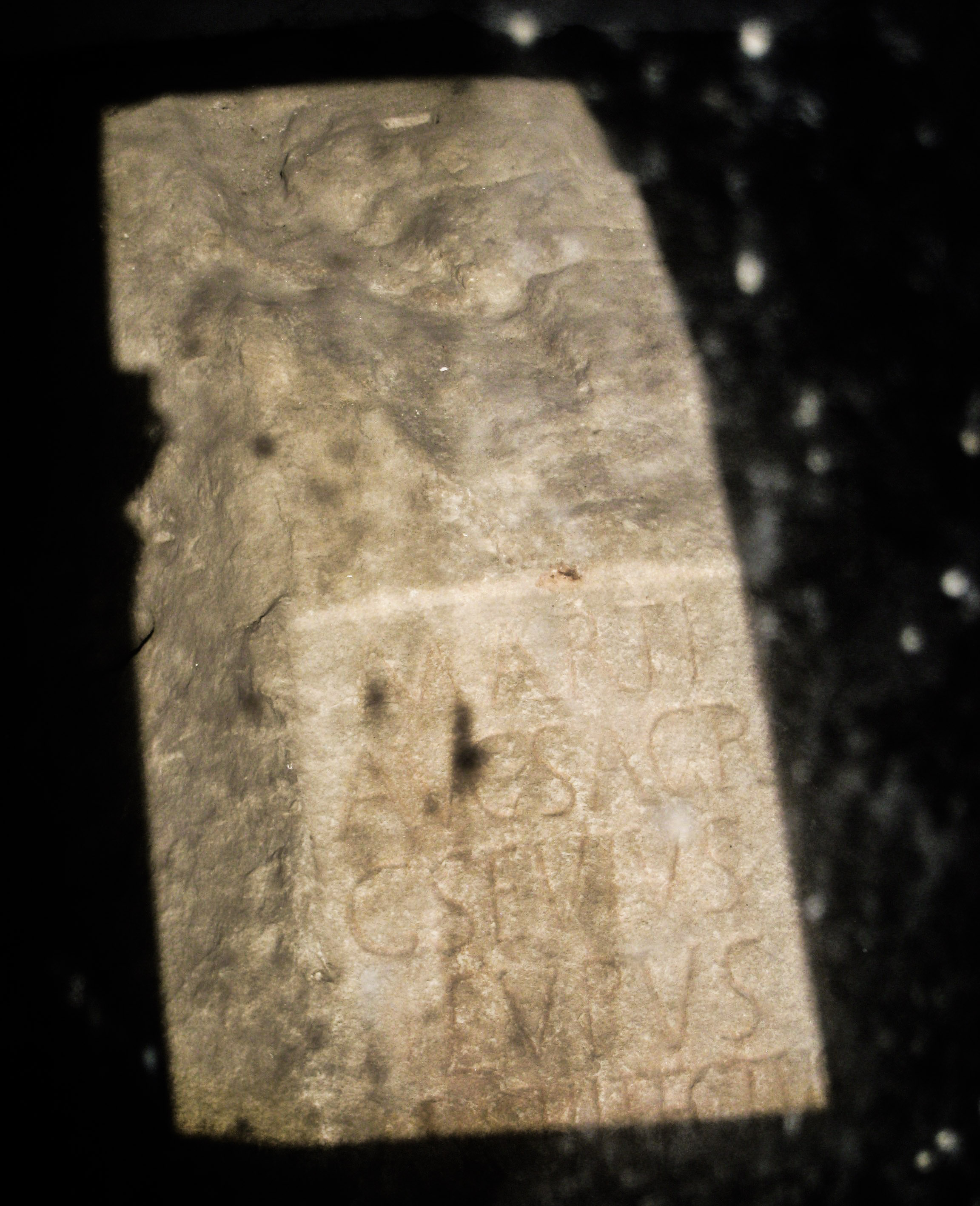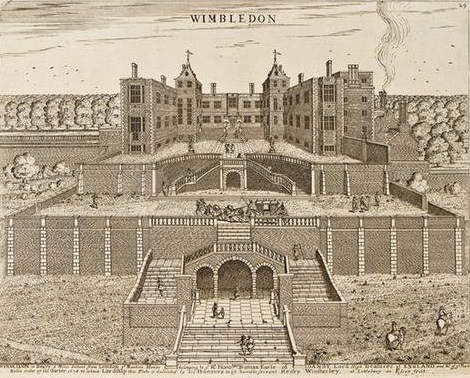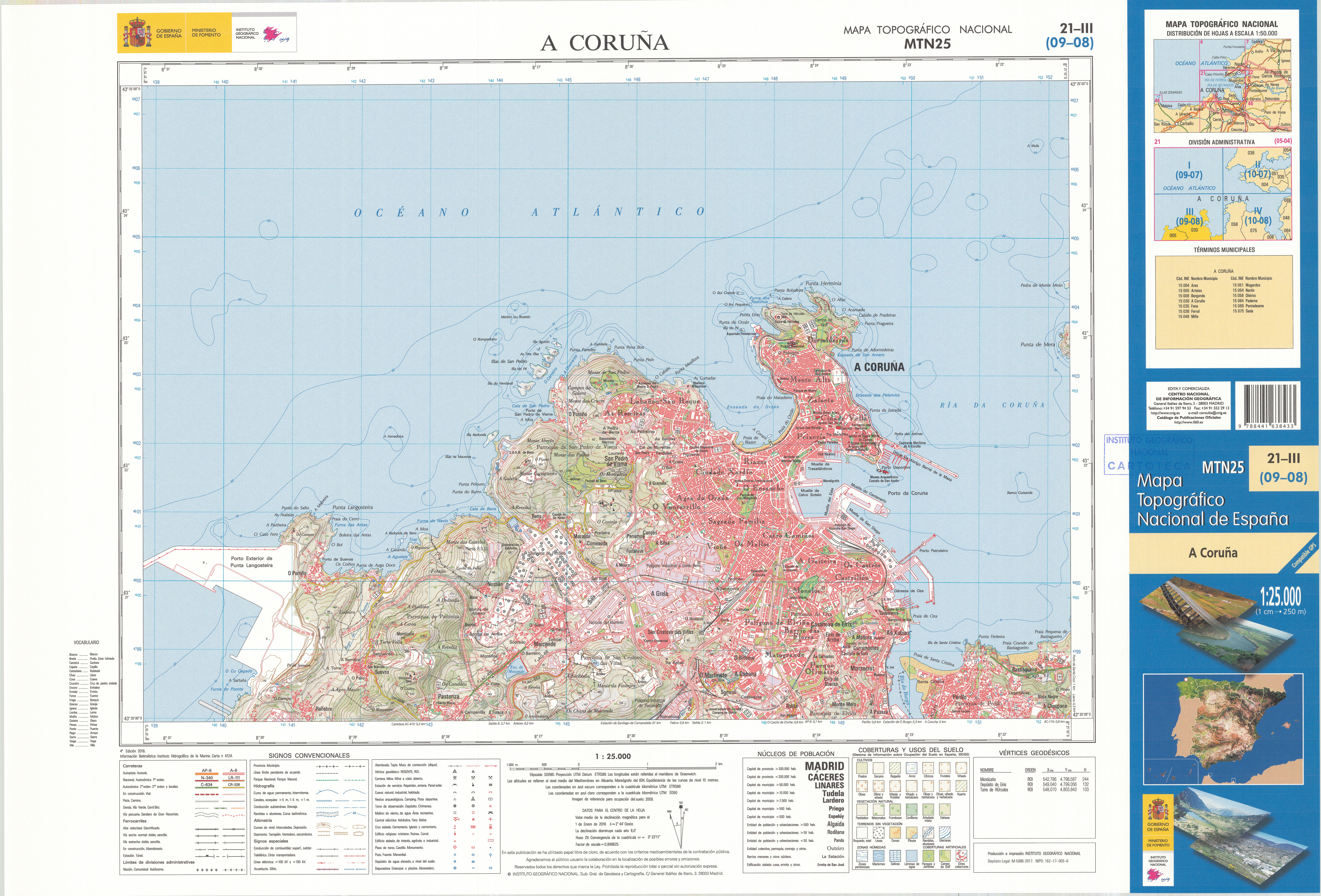|
Lighthouse
A lighthouse is a tower, building, or other type of physical structure designed to emit light from a system of lamps and lens (optics), lenses and to serve as a beacon for navigational aid, for maritime pilots at sea or on inland waterways. Lighthouses mark dangerous coastlines, hazardous shoals, reefs, rocks, and safe entries to harbors; they also assist in aerial navigation. Once widely used, the number of operational lighthouses has declined due to the expense of maintenance and has become uneconomical since the advent of much cheaper, more sophisticated and effective electronic navigational systems. History Ancient lighthouses Before the development of clearly defined ports, mariners were guided by fires built on hilltops. Since elevating the fire would improve the visibility, placing the fire on a platform became a practice that led to the development of the lighthouse. In antiquity, the lighthouse functioned more as an entrance marker to ports than as a warning signa ... [...More Info...] [...Related Items...] OR: [Wikipedia] [Google] [Baidu] |
Eddystone Lighthouse
The Eddystone Lighthouse is a lighthouse that is located on the dangerous Eddystone Rocks, south of Rame Head in Cornwall, England. The rocks are submerged below the surface of the sea and are composed of Precambrian gneiss. View at 1:50000 scale The current structure is the fourth to be built on the site. The first lighthouse (Winstanley's) was swept away in a powerful storm, killing its architect and five other men in the process. The second (Rudyard's) stood for fifty years before it burned down. The third (Smeaton's) is renowned because of its influence on Lighthouse, lighthouse design and its importance in the development of concrete for building; its upper portions were re-erected in Plymouth as a monument. The first lighthouse, completed in 1699, was the world's first open ocean lighthouse, although the Cordouan Lighthouse off the western French coast preceded it as the first offshore lighthouse. The need for a light The Eddystone Rocks are an extensive reef approxi ... [...More Info...] [...Related Items...] OR: [Wikipedia] [Google] [Baidu] |
Lighthouse Of Alexandria
The Lighthouse of Alexandria, sometimes called the Pharos of Alexandria (; Ancient Greek: ὁ Φάρος τῆς Ἀλεξανδρείας, contemporary Koine ), was a lighthouse built by the Ptolemaic Kingdom of Ancient Egypt, during the reign of Ptolemy II Philadelphus (280–247 BC). It has been estimated to have been at least in overall height. One of the Seven Wonders of the Ancient World, for many centuries it was one of the tallest man-made structures in the world. The lighthouse was severely damaged by three earthquakes between 956 and 1323 AD and became an abandoned ruin. It was the third-longest surviving ancient wonder (after the Mausoleum at Halicarnassus and the extant Great Pyramid of Giza), surviving in part until 1480, when the last of its remnant stones were used to build the Citadel of Qaitbay on the site. In 1994, a team of French archaeologists dove into the water of Alexandria's Eastern Harbour and discovered some remains of the lighthouse on the sea f ... [...More Info...] [...Related Items...] OR: [Wikipedia] [Google] [Baidu] |
Smeaton's Tower
Smeaton's Tower is a memorial to civil engineer John Smeaton, designer of the third and most notable Eddystone Lighthouse. A major step forward in lighthouse design, Smeaton's structure was in use from 1759 to 1877, until erosion of the ledge it was built upon forced new construction. The tower was largely dismantled and rebuilt on Plymouth Hoe in Plymouth, Devon, where it stands today. History Background England’s coasts are notorious for rough weather, dangerous seas and deathly obstacles. The Eddystone rocks are among them. There were several attempts were made to place a marker on these reefs. The first attempt was called the Winstanley Lighthouse. After it was destroyed in the 1703 storm, a second one called the Rudyard lighthouse was built. This one was also destroyed, this time by a fire in 1755. Born in Austhorpe, Yorkshire, England in 1724, John Smeaton is considered the father of civil engineering. Recognized for his scientific achievements, including the incre ... [...More Info...] [...Related Items...] OR: [Wikipedia] [Google] [Baidu] |
Eddystone Rocks
The Eddystone or Eddystone Rocks are a seaswept and eroded group of rocks ranging southwest of Rame Head in Cornwall, England, United Kingdom. Although the nearest point on the mainland to the Eddystone is in Cornwall, the rocks fall within the city limits of Plymouth, and hence within the county of Devon. For centuries the rocks have been a hazard for the ships in the approaches to the English Channel and the port city of Plymouth. There have been four lighthouses on the Eddystone Rocks. Winstanley (two versions; the second replaced the top of the structure), Rudyard, Smeaton and finally the Douglass Lighthouse, which is the present one. When the Douglass Lighthouse was completed, the people of Plymouth paid for the dismantling of the Smeaton Lighthouse from the red rocks of Eddystone and its reassembly at Plymouth Hoe, where it is a popular tourist attraction today. View at 1:50000 scale. The stub of the Smeaton lighthouse still remains on the rocks. In the 1970s, the questio ... [...More Info...] [...Related Items...] OR: [Wikipedia] [Google] [Baidu] |
Tower Of Hercules
The Tower of Hercules ( es, Torre de Hércules) is the oldest existent lighthouse known. It has an ancient Roman origin on a peninsula about from the centre of A Coruña, Galicia, in north-western Spain. Until the 20th century, it was known as the Farum Brigantium. The Latin word ''farum'' is derived from the Greek Φάρος, ''Pharos'', for the Lighthouse of Alexandria. The structure stands tall and overlooks the North Atlantic coast of Spain. It was built in the 1st century and renovated in 1791. There is a sculpture garden featuring works by Pablo Serrano and . The Tower of Hercules is a National Monument of Spain, and has been a UNESCO World Heritage Site since 27 June 2009.UNESCO websiteof Hercules/ref> It is the second-tallest lighthouse in Spain, after the Faro de Chipiona. Construction and history The tower is known to have existed by the 1st century, built or perhaps rebuilt under Trajan, possibly on foundations following a design that was Phoenician in origin. B ... [...More Info...] [...Related Items...] OR: [Wikipedia] [Google] [Baidu] |
Henry Winstanley
Henry Winstanley (31 March 1644 – 27 November 1703) was an English painter, engineer and merchant, who constructed the first Eddystone lighthouse after losing two of his ships on the Eddystone rocks. He died while working on the project during the Great Storm of 1703. Early life and career He was born in Saffron Walden, Essex, and baptised there on 31 March 1644. His father Henry became land steward to the Earl of Suffolk, owner of Audley End House, in 1652, and young Henry also worked at Audley End, first as a porter and then as a secretary. In 1666 Audley End House was bought by Charles II for use as a base when attending Newmarket races, and it became effectively a royal palace. Winstanley developed an interest in engraving after a grand tour of Europe between 1669 and 1674, where he was impressed by Continental architecture and the engravings in which it was portrayed. On his return he is believed to have studied engraving with Wenceslas Hollar, and was employed ... [...More Info...] [...Related Items...] OR: [Wikipedia] [Google] [Baidu] |
Roman Rock Lighthouse
Roman Rock Lighthouse is a lighthouse in False Bay, near Simon's Town. It is the only lighthouse in South Africa built on a single rock. The light was first exhibited on 16 September 1861. The light was electrified in 1992 at the request of the South African Navy. See also *List of lighthouses in South Africa This is a list of lighthouses in South Africa. It contains currently active lights as well as decommissioned lights of historical importance. Lighthouses See also *List of lighthouses in Namibia This is a list of lighthouses in Namibia ... References External links Lighthouses in South Africa Lighthouses completed in 1861 1861 establishments in the Cape Colony Articles containing video clips {{lighthouse-stub ... [...More Info...] [...Related Items...] OR: [Wikipedia] [Google] [Baidu] |
Alexandria
Alexandria ( or ; ar, ٱلْإِسْكَنْدَرِيَّةُ ; grc-gre, Αλεξάνδρεια, Alexándria) is the second largest city in Egypt, and the largest city on the Mediterranean coast. Founded in by Alexander the Great, Alexandria grew rapidly and became a major centre of Hellenic civilisation, eventually replacing Memphis, in present-day Greater Cairo, as Egypt's capital. During the Hellenistic period, it was home to the Lighthouse of Alexandria, which ranked among the Seven Wonders of the Ancient World, as well as the storied Library of Alexandria. Today, the library is reincarnated in the disc-shaped, ultramodern Bibliotheca Alexandrina. Its 15th-century seafront Qaitbay Citadel is now a museum. Called the "Bride of the Mediterranean" by locals, Alexandria is a popular tourist destination and an important industrial centre due to its natural gas and oil pipelines from Suez. The city extends about along the northern coast of Egypt, and is the large ... [...More Info...] [...Related Items...] OR: [Wikipedia] [Google] [Baidu] |
John Smeaton
John Smeaton (8 June 1724 – 28 October 1792) was a British civil engineer responsible for the design of bridges, canals, harbours and lighthouses. He was also a capable mechanical engineer and an eminent physicist. Smeaton was the first self-proclaimed "civil engineer", and is often regarded as the "father of civil engineering".Mark Denny (2007). "Ingenium: Five Machines That Changed the World". p. 34. JHU Press. He pioneered the use of hydraulic lime in concrete, using pebbles and powdered brick as aggregate. Smeaton was associated with the Lunar Society. Law and physics Smeaton was born in Austhorpe, Leeds, England. After studying at Leeds Grammar School he joined his father's law firm, but left to become a mathematical instrument maker (working with Henry Hindley), developing, among other instruments, a pyrometer to study material expansion. In 1750, his premises were in the Great Turnstile in Holborn. He was elected a Fellow of the Royal Society in 1753 and ... [...More Info...] [...Related Items...] OR: [Wikipedia] [Google] [Baidu] |
A Coruña
A Coruña (; es, La Coruña ; historical English: Corunna or The Groyne) is a city and municipality of Galicia, Spain. A Coruña is the most populated city in Galicia and the second most populated municipality in the autonomous community and seventeenth overall in the country. The city is the provincial capital of the province of the same name, having also served as political capital of the Kingdom of Galicia from the 16th to the 19th centuries, and as a regional administrative centre between 1833 and 1982, before being replaced by Santiago de Compostela. A Coruña is located on a promontory in the Golfo Ártabro, a large gulf on the Atlantic Ocean. It is the main industrial and financial centre of northern Galicia, and holds the headquarters of the Universidade da Coruña. A Coruña is a packed city, the Spanish city featuring the tallest mean-height of buildings, also featuring a population density of 21,972 inhabitants per square km of built land area. Name Origin Ther ... [...More Info...] [...Related Items...] OR: [Wikipedia] [Google] [Baidu] |
Beacon
A beacon is an intentionally conspicuous device designed to attract attention to a specific location. A common example is the lighthouse, which draws attention to a fixed point that can be used to navigate around obstacles or into port. More modern examples include a variety of radio beacons that can be read on radio direction finders in all weather, and radar transponders that appear on radar displays. Beacons can also be combined with semaphoric or other indicators to provide important information, such as the status of an airport, by the colour and rotational pattern of its airport beacon, or of pending weather as indicated on a weather beacon mounted at the top of a tall building or similar site. When used in such fashion, beacons can be considered a form of optical telegraphy. For navigation Beacons help guide navigators to their destinations. Types of navigational beacons include radar reflectors, radio beacons, sonic and visual signals. Visual beacons range from smal ... [...More Info...] [...Related Items...] OR: [Wikipedia] [Google] [Baidu] |
Navigational Aid
Navigation is a field of study that focuses on the process of monitoring and controlling the movement of a craft or vehicle from one place to another.Bowditch, 2003:799. The field of navigation includes four general categories: land navigation, marine navigation, aeronautic navigation, and space navigation. It is also the term of art used for the specialized knowledge used by navigators to perform navigation tasks. All navigational techniques involve locating the navigator's position compared to known locations or patterns. Navigation, in a broader sense, can refer to any skill or study that involves the determination of position and direction. In this sense, navigation includes orienteering and pedestrian navigation. History In the European medieval period, navigation was considered part of the set of '' seven mechanical arts'', none of which were used for long voyages across open ocean. Polynesian navigation is probably the earliest form of open-ocean navigation; it was ... [...More Info...] [...Related Items...] OR: [Wikipedia] [Google] [Baidu] |


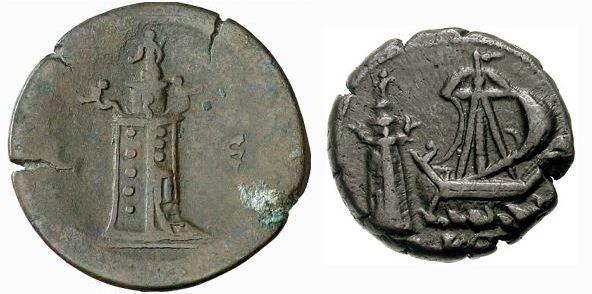
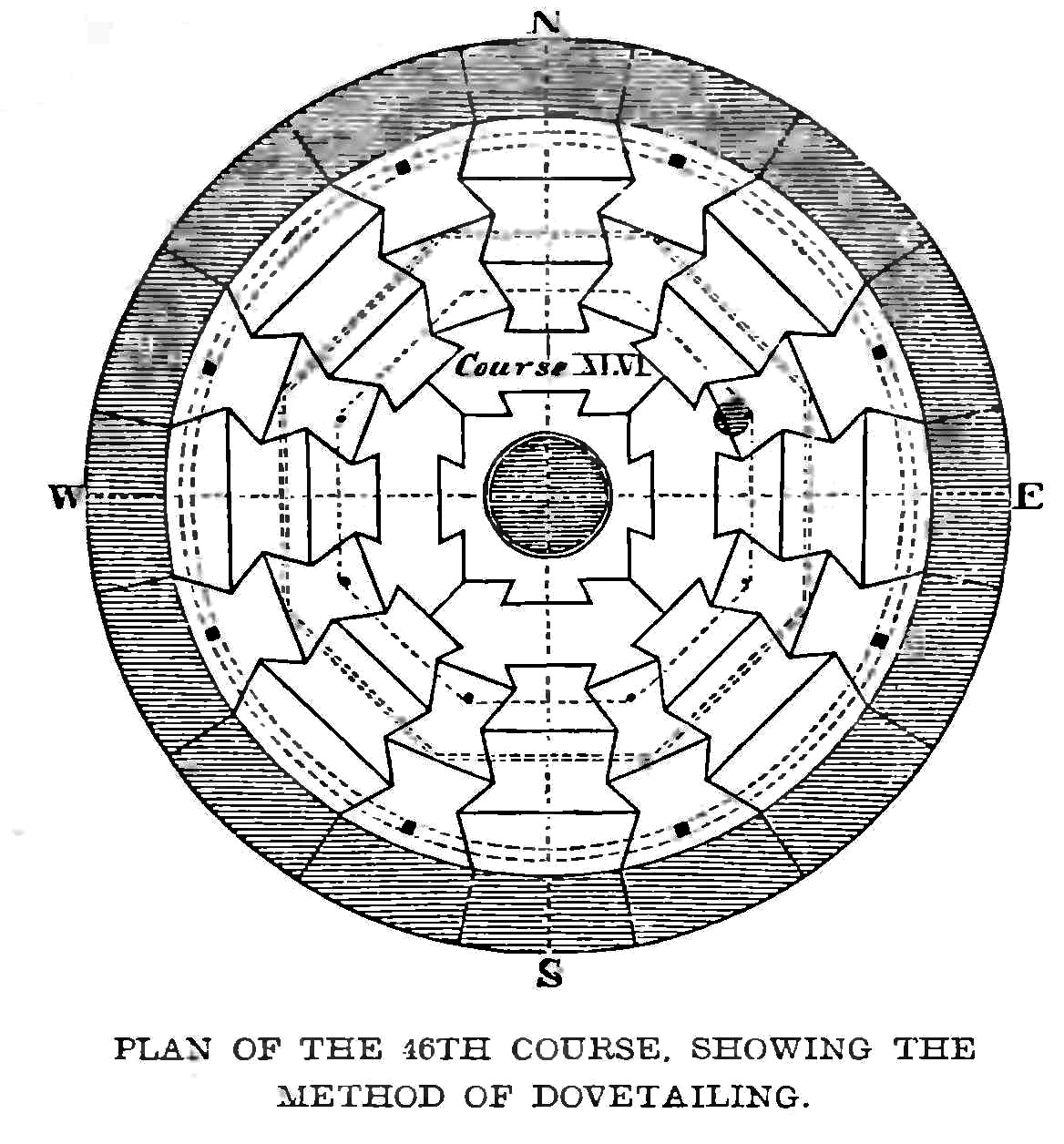
_-_HMS_'Forte'_Passing_the_Eddystone_Lighthouse_-_BHC3737_-_Royal_Museums_Greenwich.jpg)
